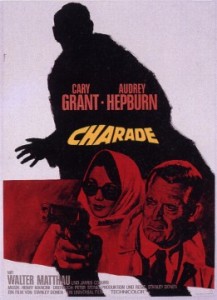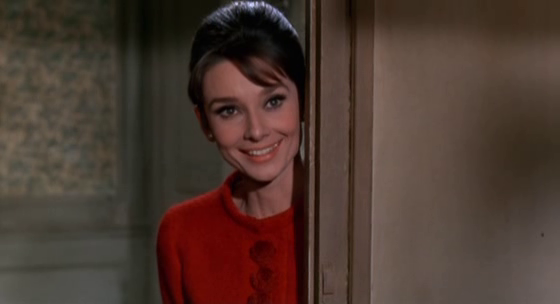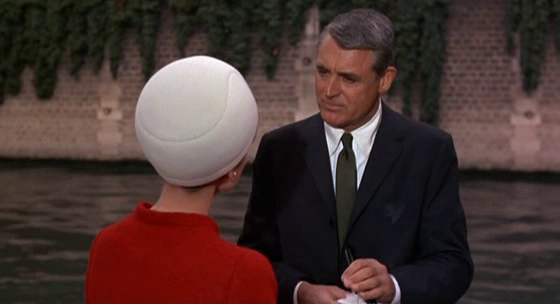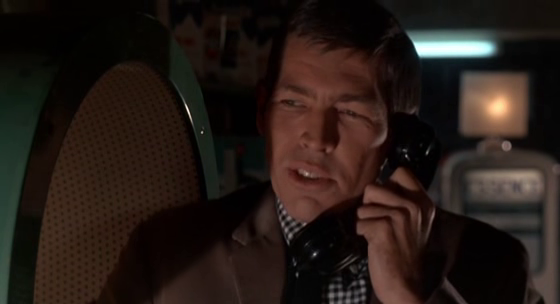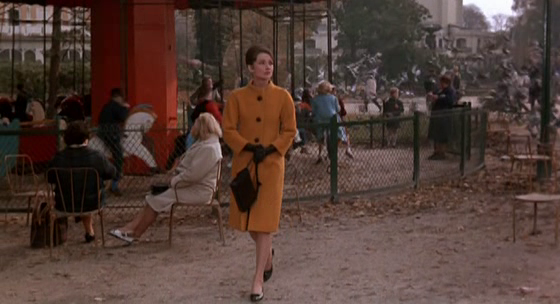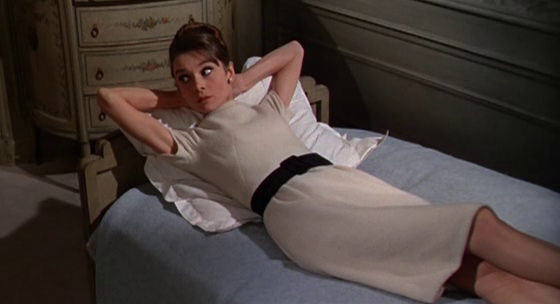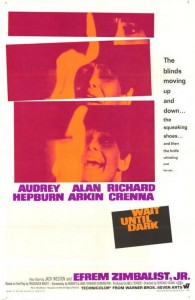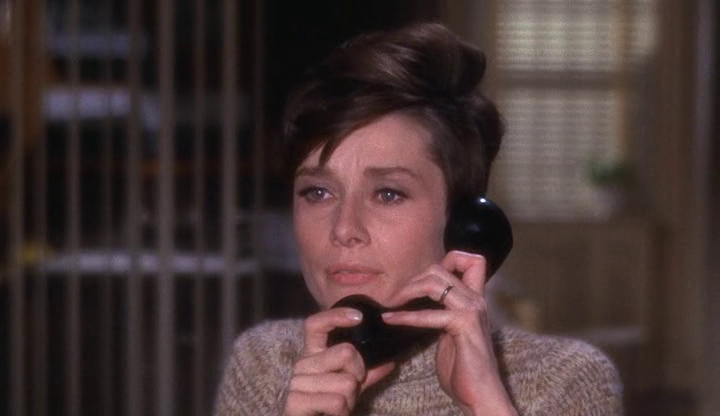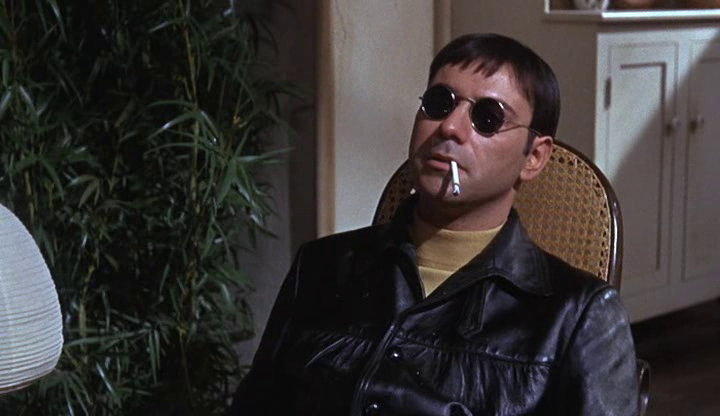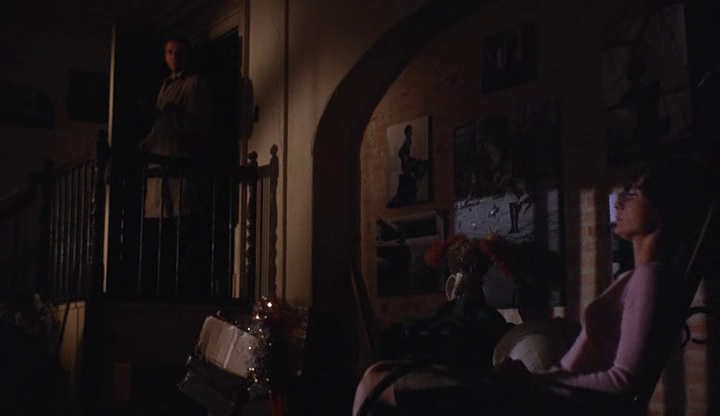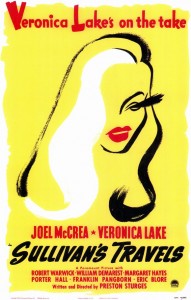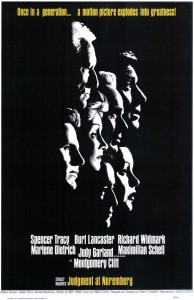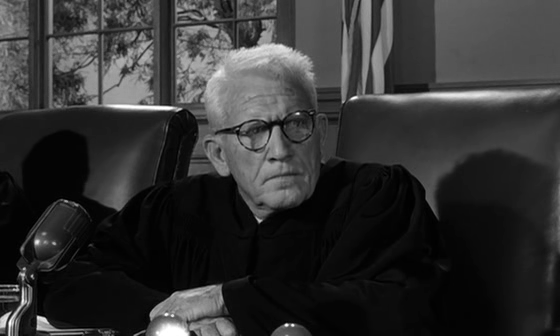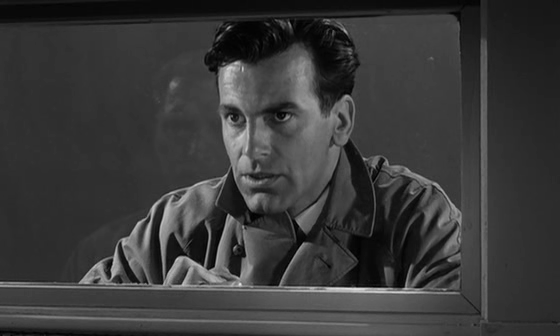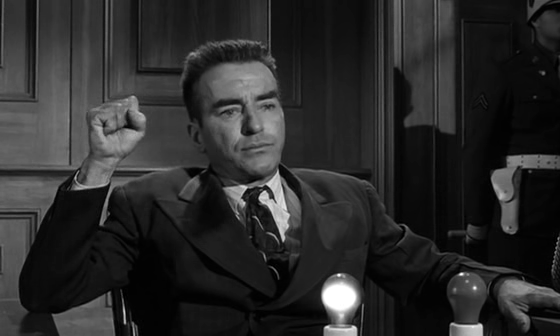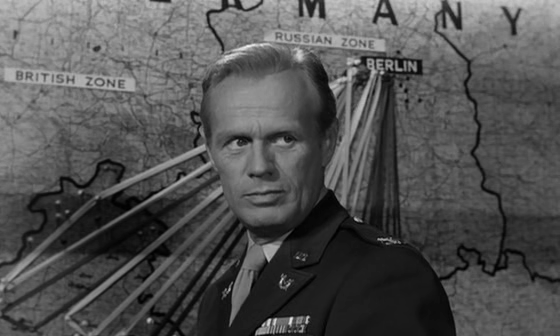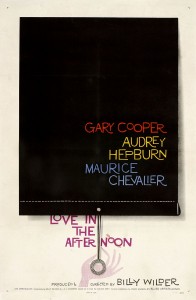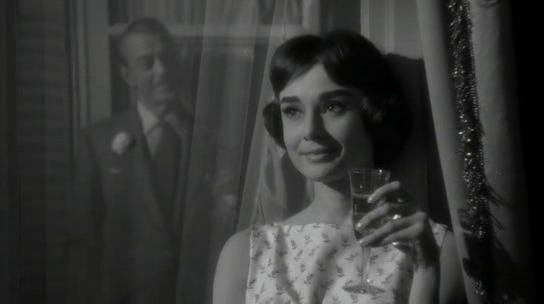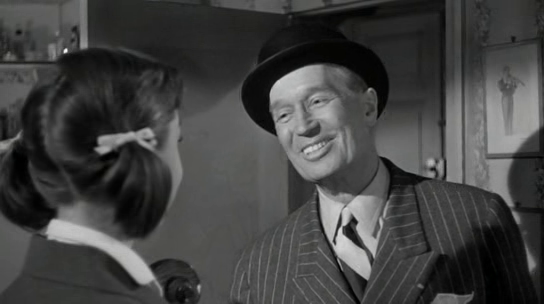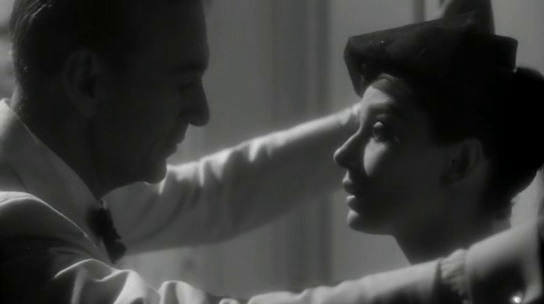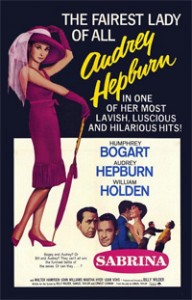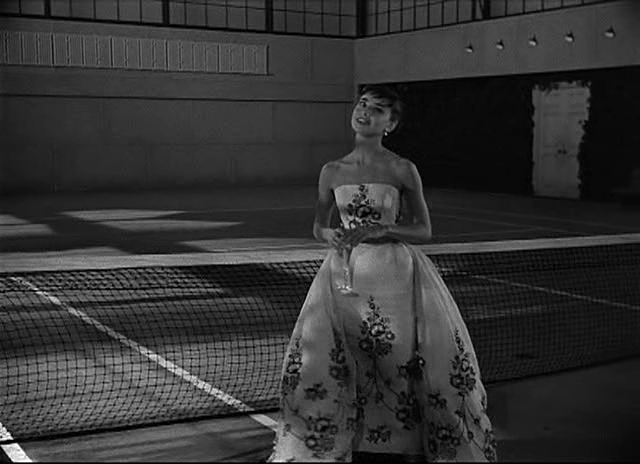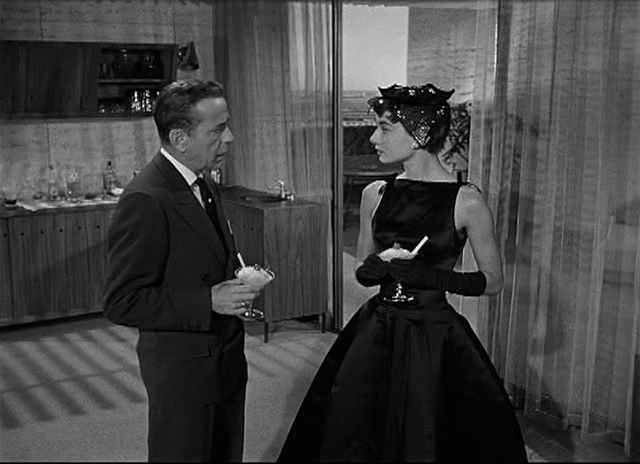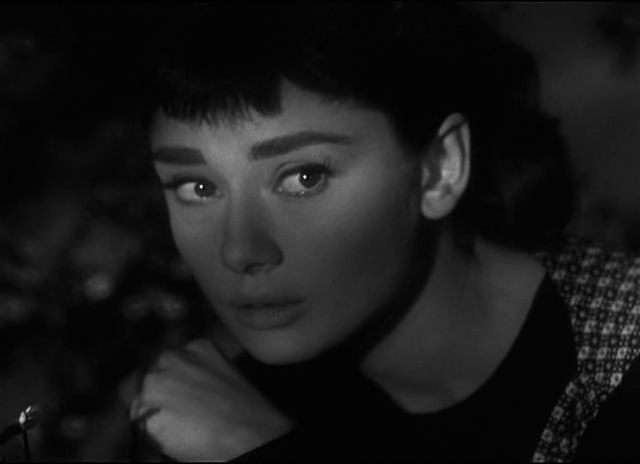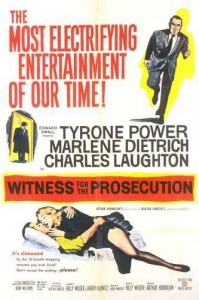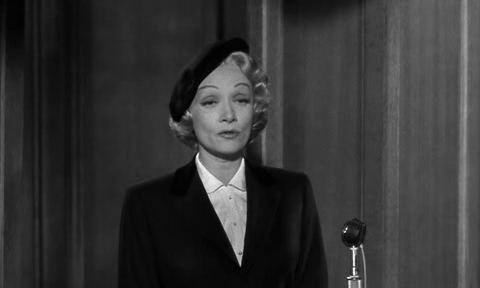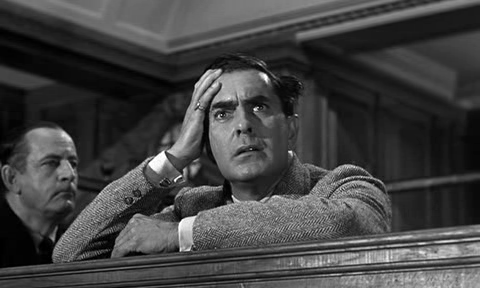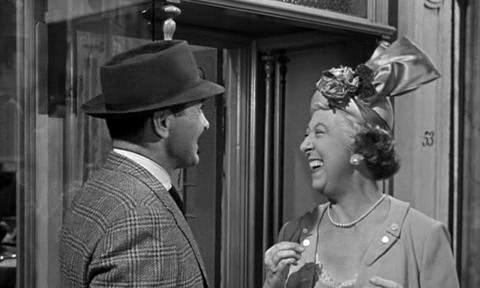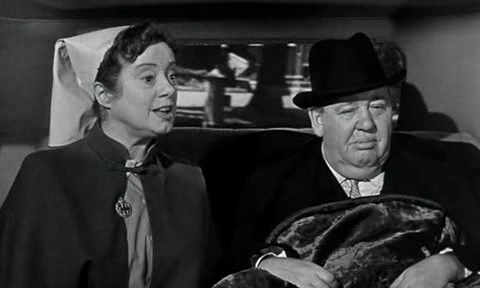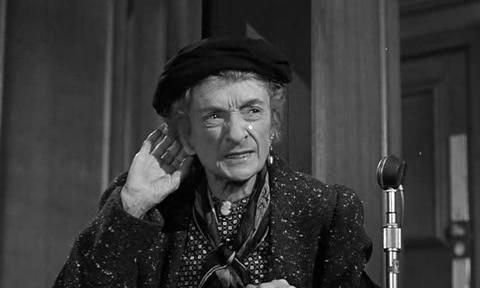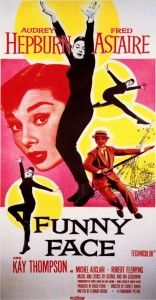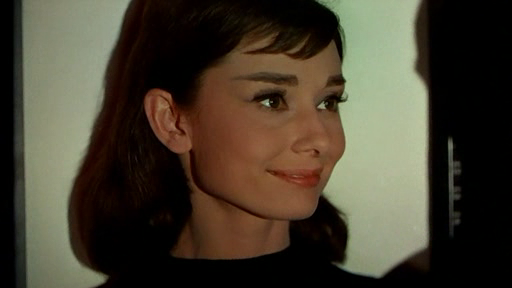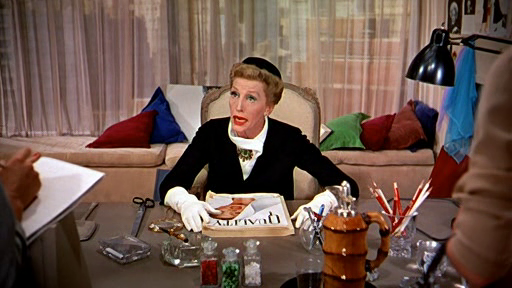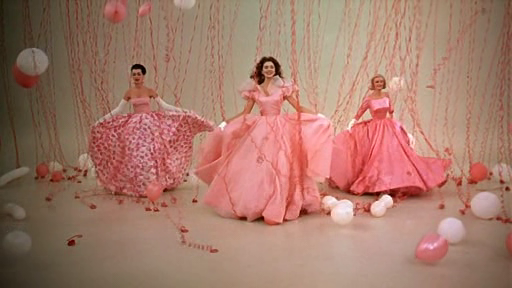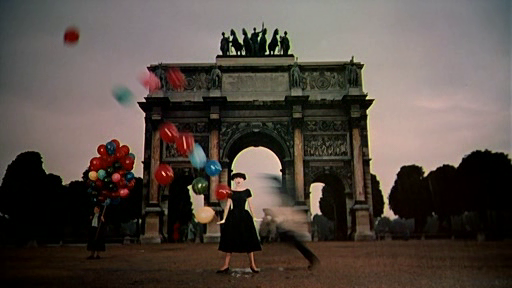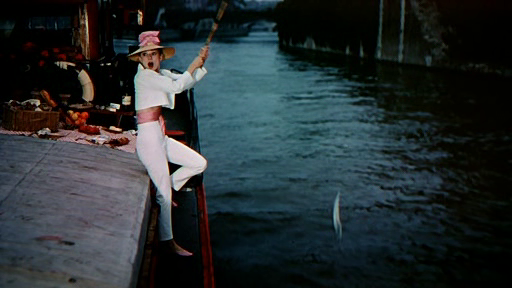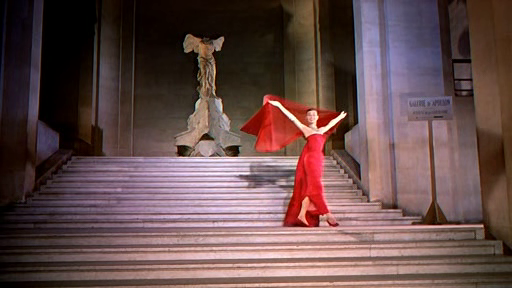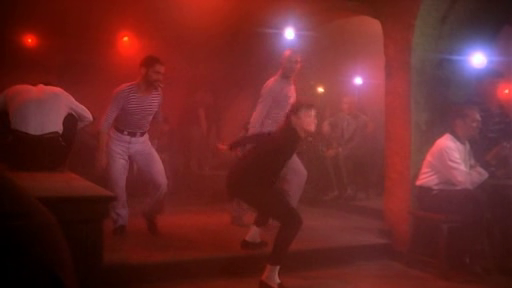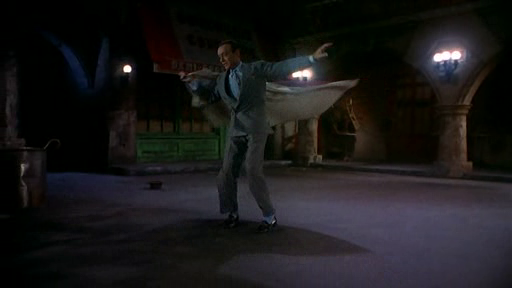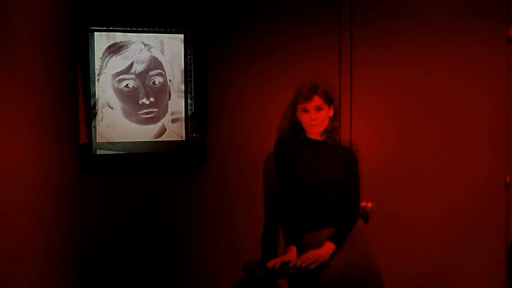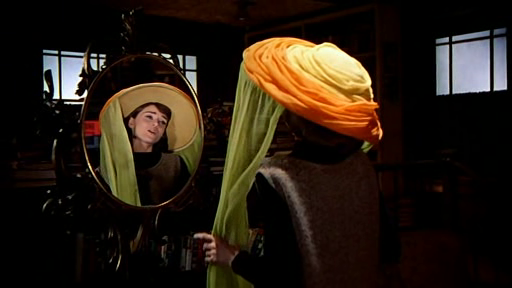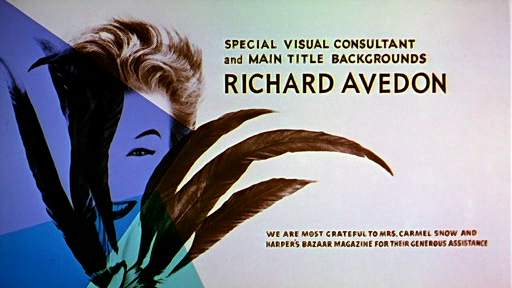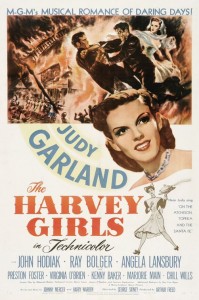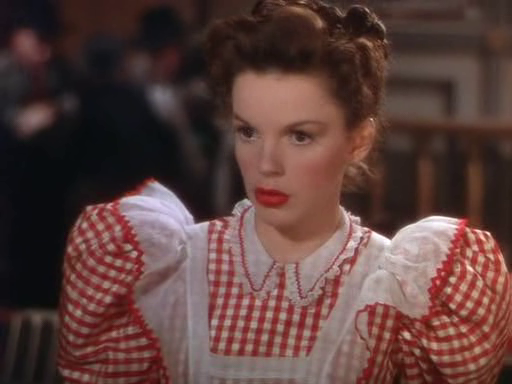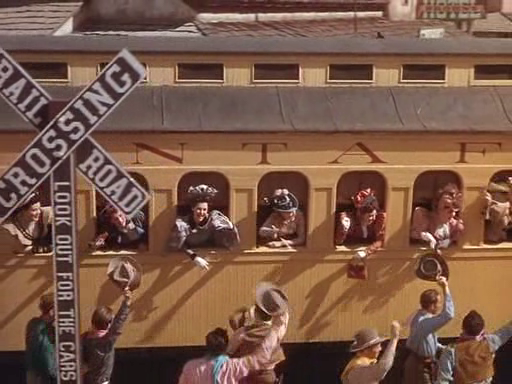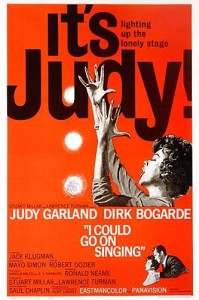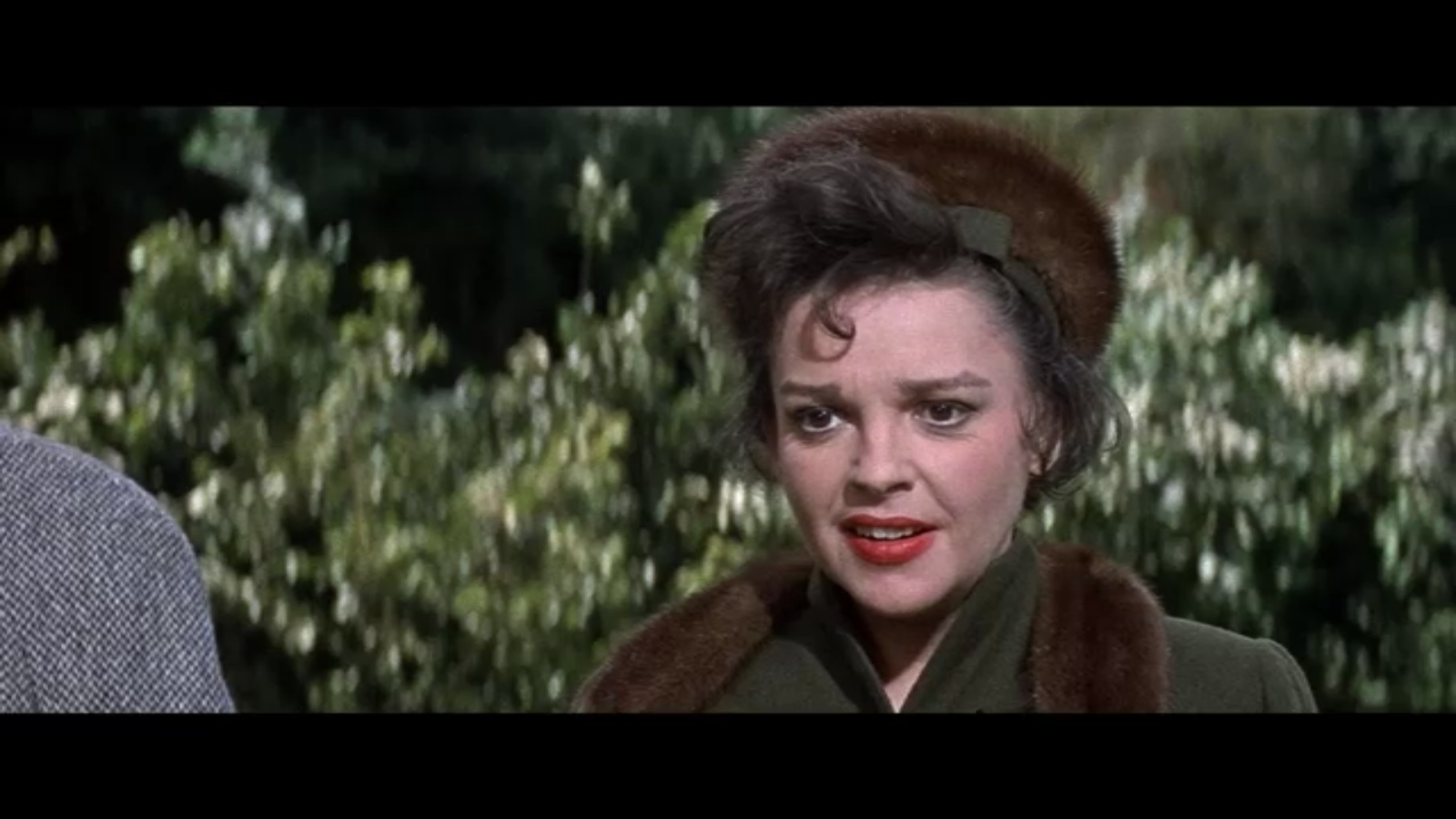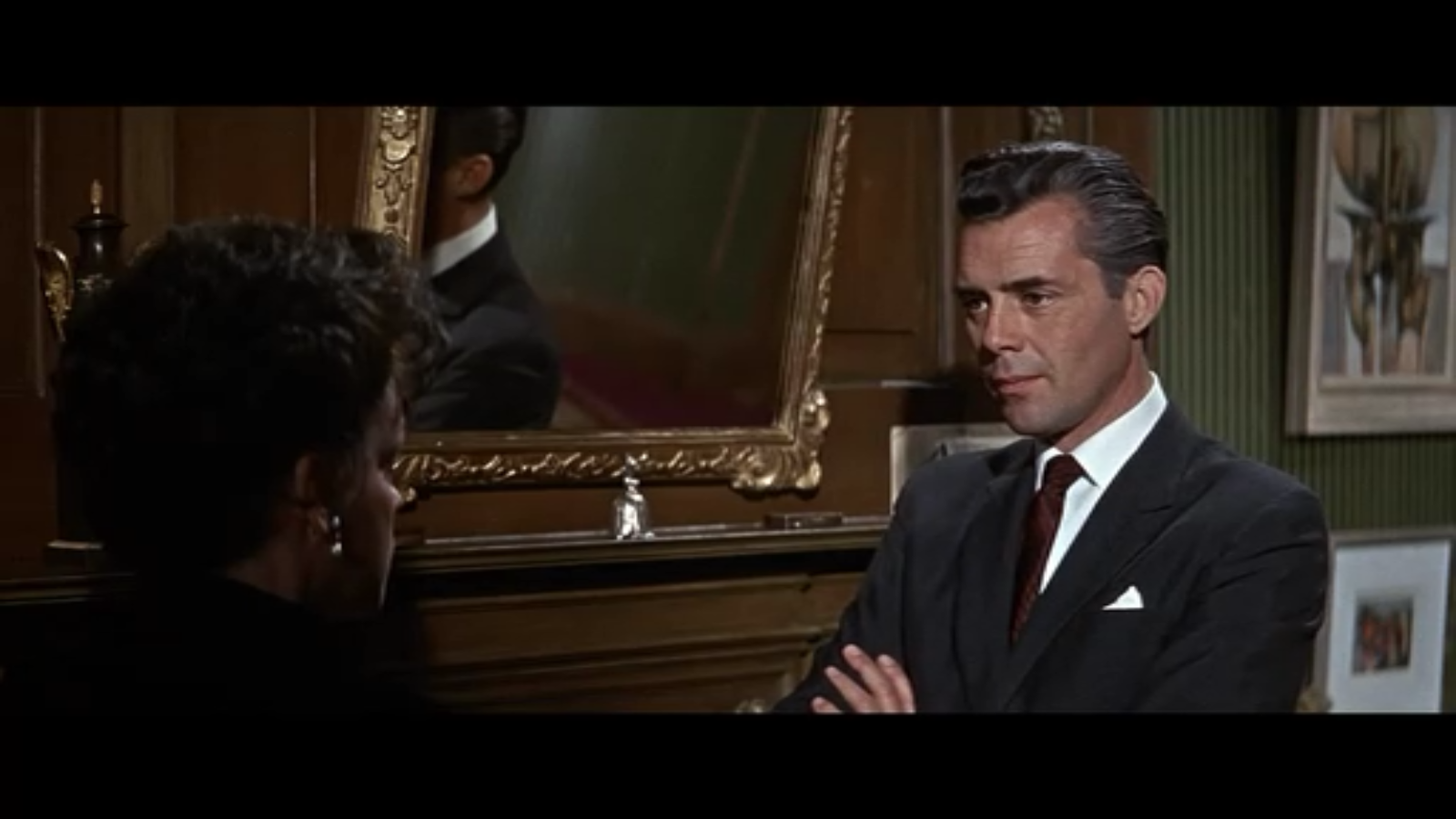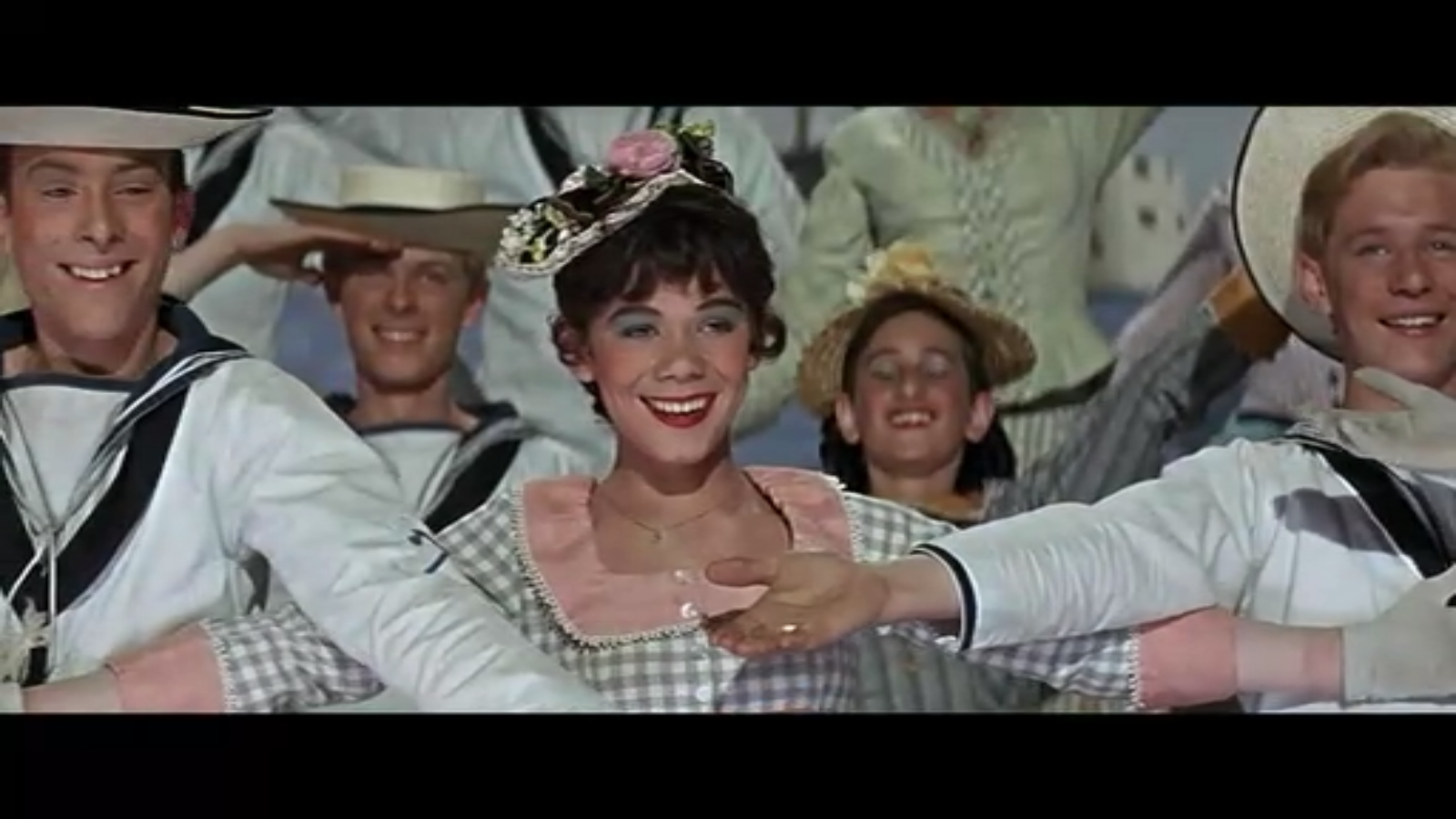|
Genres, Themes, Actors, and Directors:
- Class Relations
- Comedy
- Depression Era
- Hollywood
- Joel McCrea Films
- Mistaken or Hidden Identities
- Movie Directors
- Preston Sturges Films
- Veronica Lake Films
Response to Peary’s Review:
Peary votes this “marvelous social satire” by Preston Sturges as Best Picture of the Year in his Alternate Oscars book, though he wishes he could call it a tie with Ernst Lubitsch’s To Be Or Not To Be, which he considers an equally worthy contender. He argues that Sturges proves “that a good Hollywood film can mix outrageous comedy with a social message”, given that we “laugh at the hysterical dialogue, the farcical situations…, the satirical barbs against Hollywood, and the slapstick”, yet also “pay attention to the parade of poverty’s victims during Sullivan’s Swiftian journey”. However, I’m not quite sure I agree with this latter point. At the risk of sounding like a Grinch about a Certified American Classic, I don’t actually believe audiences are forced to pay enough attention to “poverty’s victims” in this film — which is all about Sullivan, all the time. While Peary notes that Sturges “democratically gives all his characters, even his supporting players, important and wise things to say”, the voices of the downtrodden he’s so interested in speaking to and learning about are, with just a couple of exceptions, noticeably absent.
Now that my gripe is over, however, I’ll concede that there is much to admire about the film. Its Hawksian dialogue does indeed “have humor and rhythm”; Peary accurately describes it “like a relay race, with words used like batons”, in which “the second one character finishes a sentence, another starts his; characters join in, there are no gaps, and the pace becomes frenetic”. He also notes that “McCrea, who is well over six feet tall, and Lake at five-foot-two and 90 pounds [though pregnant!]… make a wonderful screen team”, given that they “have sweet feelings toward each other from the beginning, and are always protective of one another”; they are indeed “an ideal couple”. As Peary notes, this “was the picture that confirmed [they] were versatile performers”. Watch for a host of fine supporting performances, lovely b&w cinematography, and numerous memorable scenes.
Redeeming Qualities and Moments:
- Joel McCrea as John Sullivan (nominated as one of the Best Actors of the Year in Alternate Oscars)
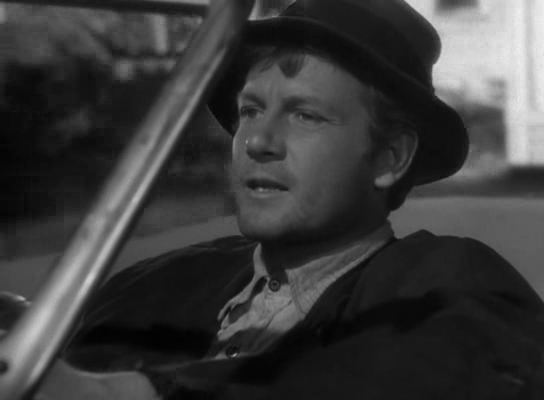
- Veronica Lake as “the Girl” (nominated as one of the Best Actresses of the Year in Alternate Oscars)
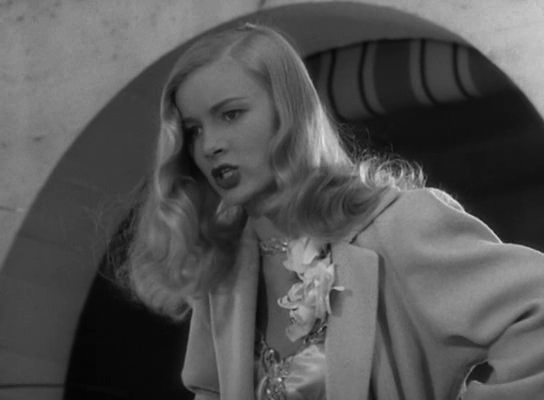
- Wonderful supporting performances throughout
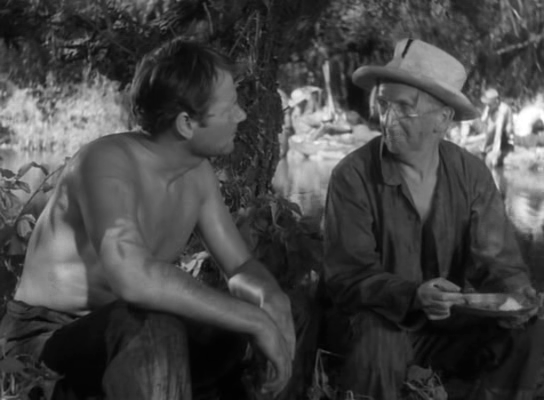
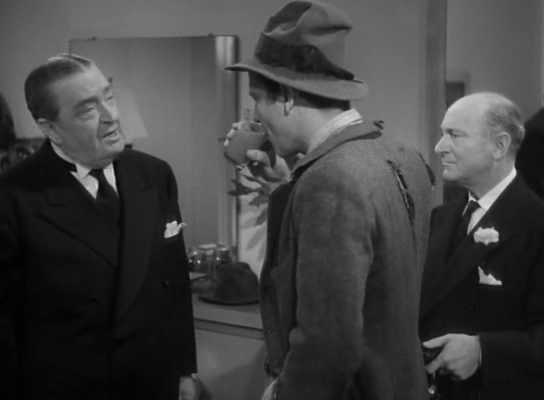
- John Seitz’s cinematography
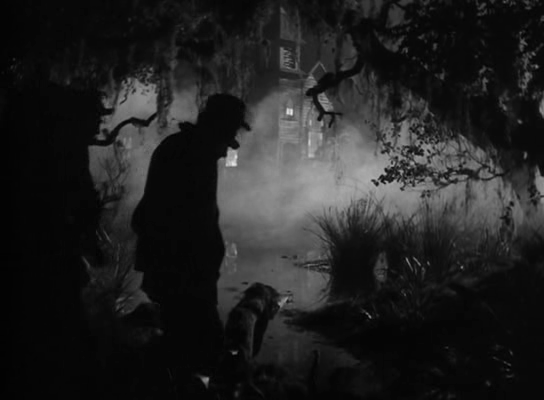
Must See?
Yes, of course — as an undisputed classic.
Categories
- Genuine Classic
- Important Director
(Listed in 1001 Movies You Must See Before You Die)
Links:
|
